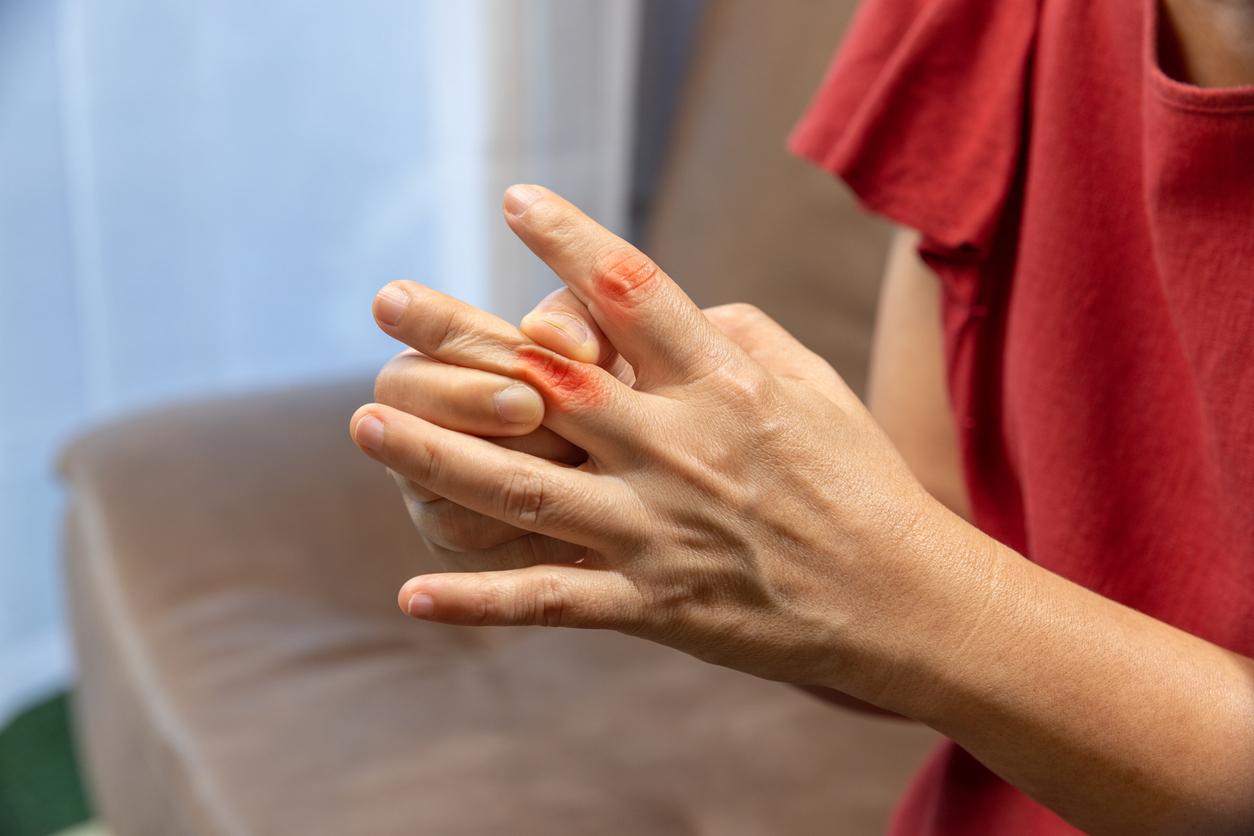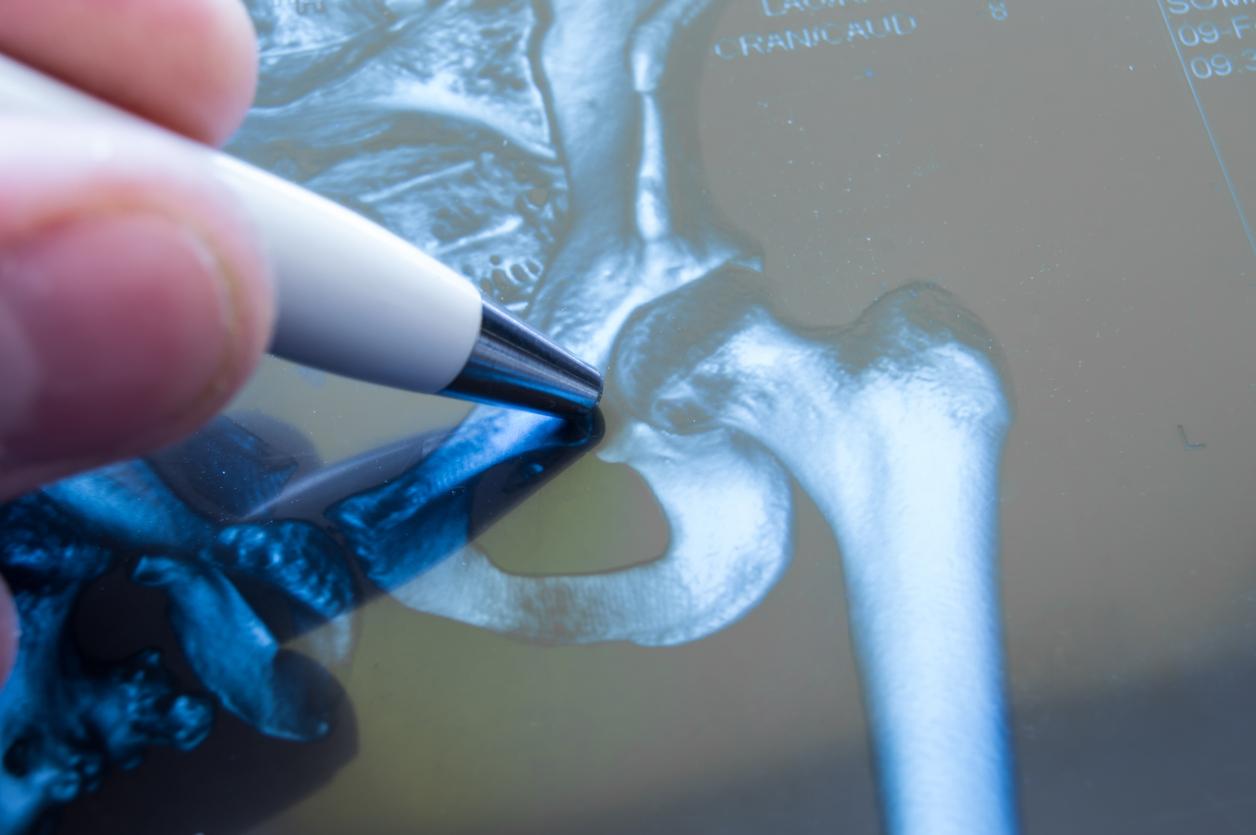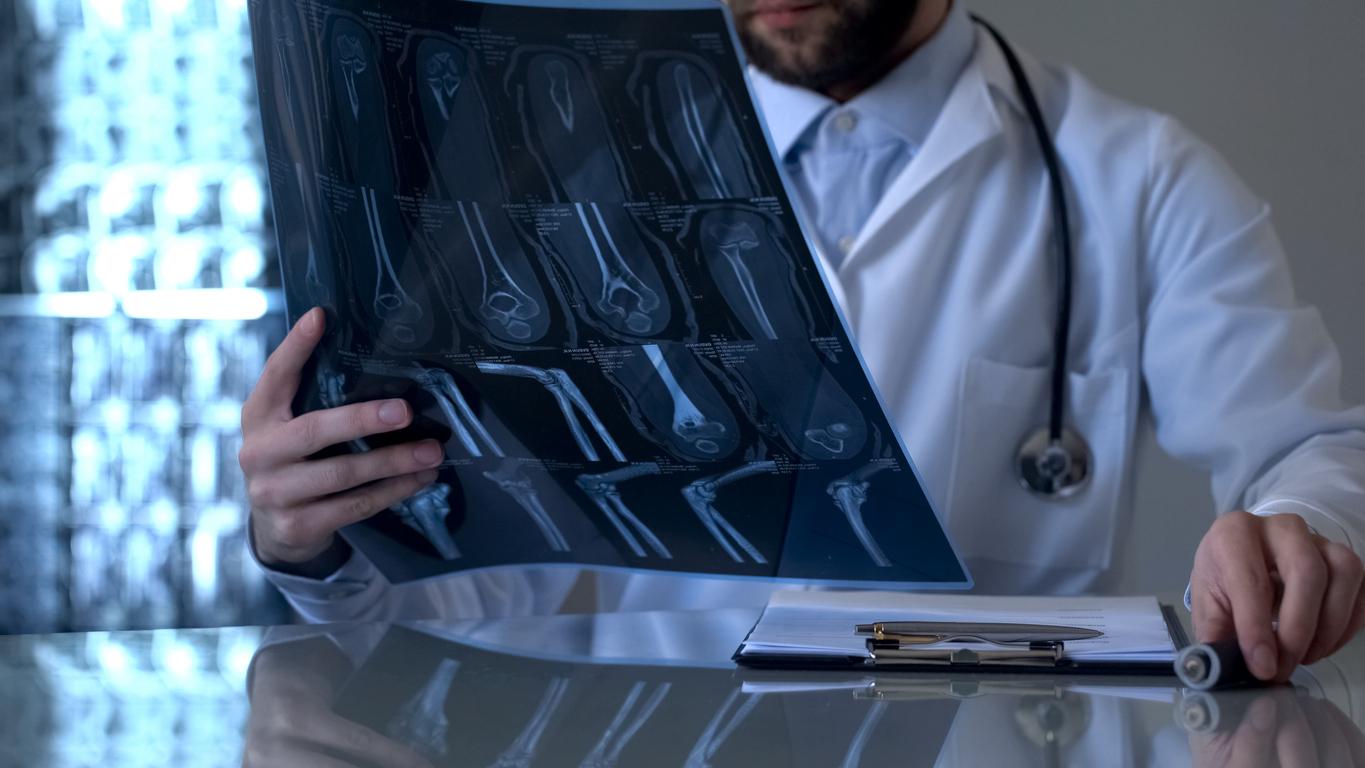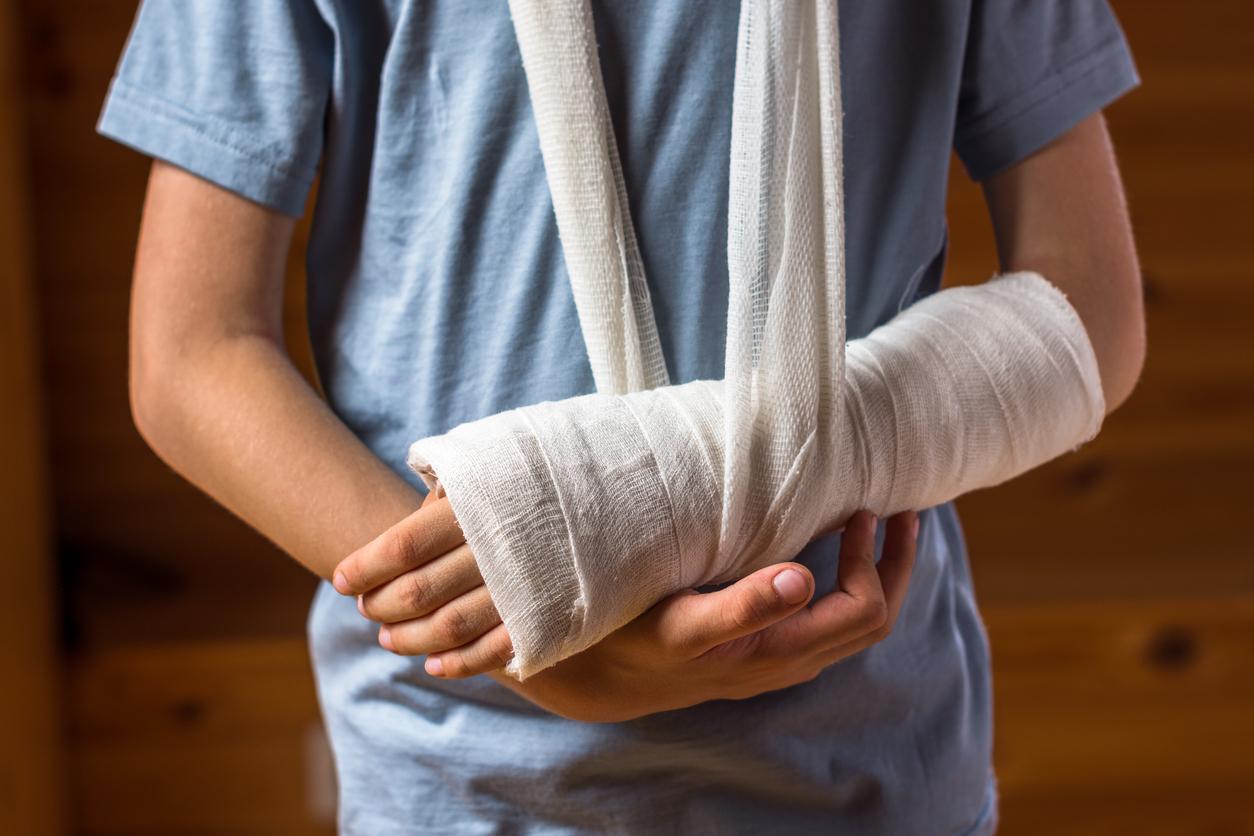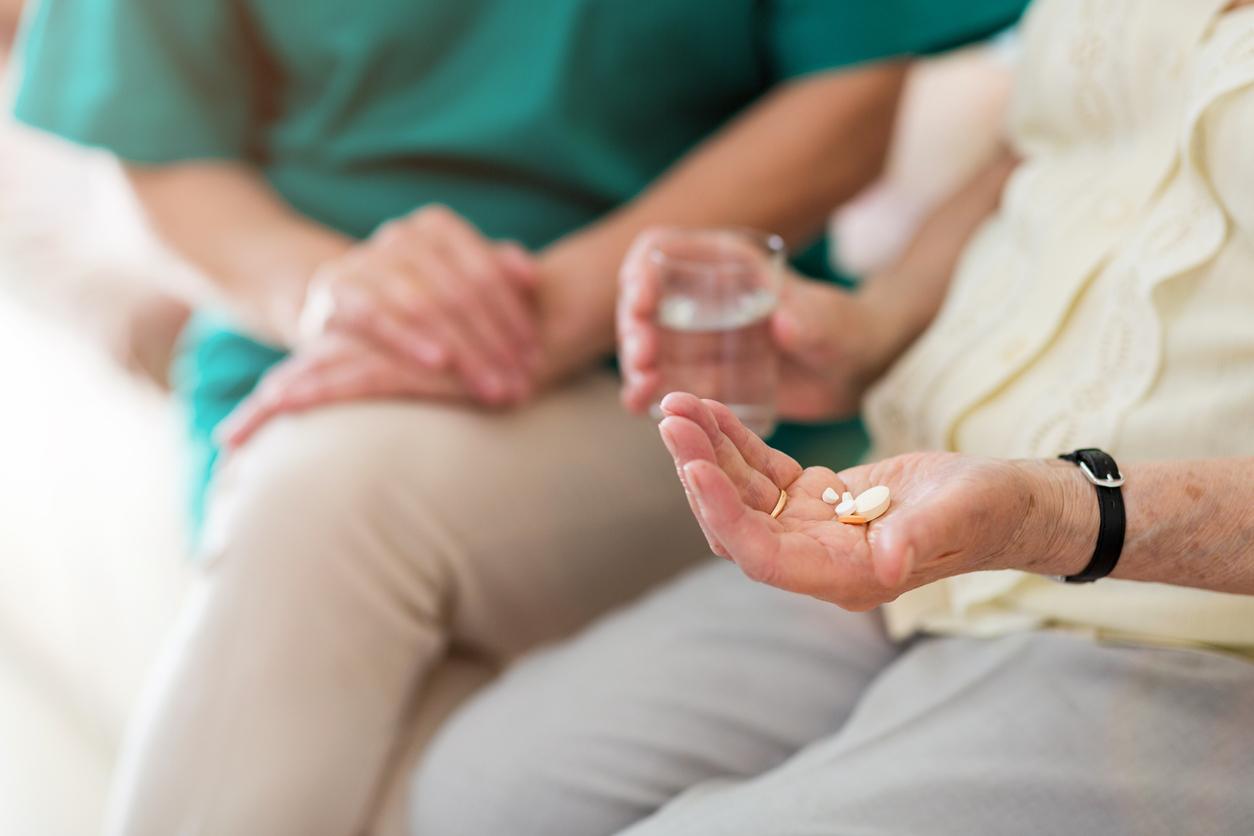Osteoporosis, a disease that reduces bone density, is underdiagnosed in men, leading to increased risk of post-fracture mortality with age.
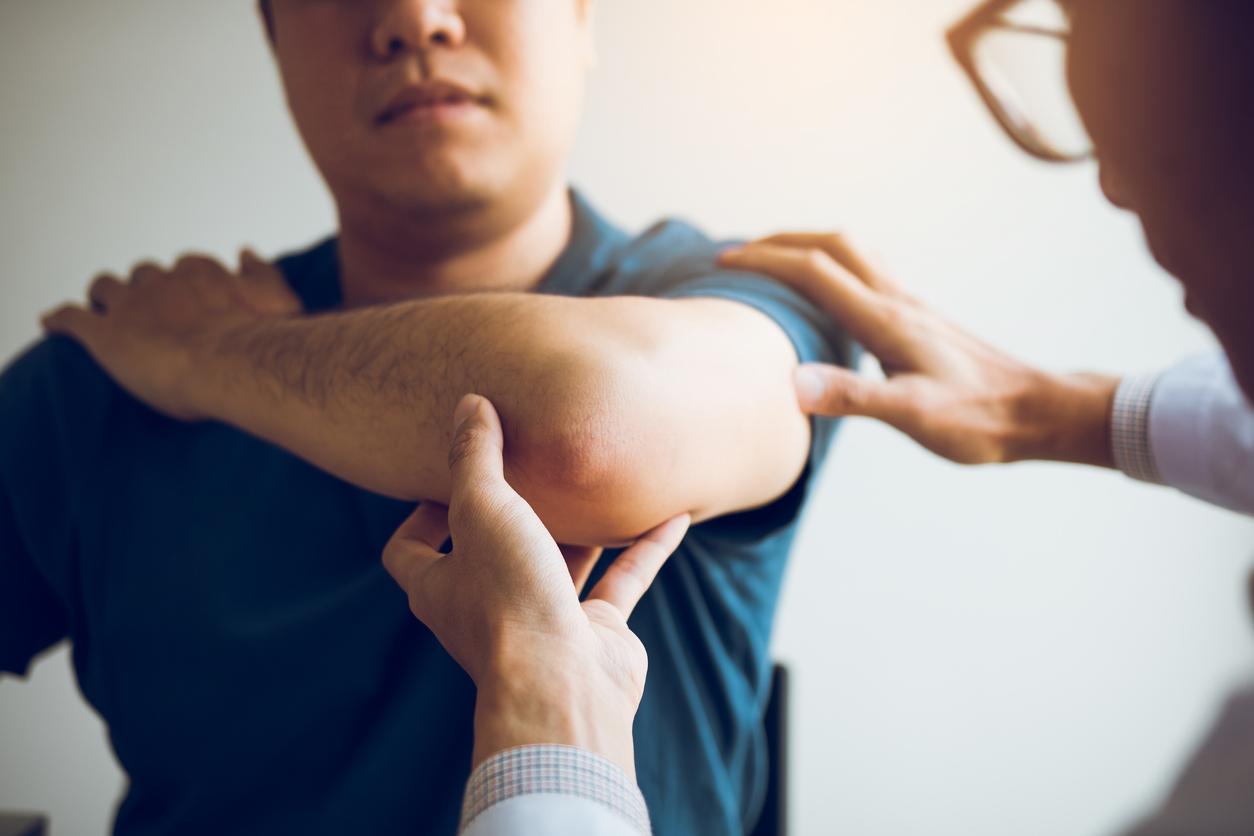
- Osteoporosis is 2 to 3 times more common in women than in men, due to menopause, according to L’Assurance Maladie. In France, from the age of 65, nearly 40% of women suffer from osteoporosis.
- Aging is the primary cause of osteoporosis. But it does not spare the youngest, especially men, because, according to a study, 28% of men aged 35 to 50 are affected by this disease.
- The quality of our bones has a direct effect on our health. Taking care of your skeleton means staying active, having a varied diet rich in calcium and vitamin D, and limiting the consumption of alcohol and tobacco.
With age, the whole body deteriorates and bone tissue is no exception: it deteriorates and loses density, which makes it less solid. This is called osteoporosis. In women, this decline in bone quality becomes particularly evident after menopause, because estrogen, a sex hormone that has a protective effect on the skeleton, is less produced (especially by the ovaries). However, what is less known is that men are also affected. The Conversation returns in an article written by two Spanish researchers in bone pathophysiology and professors of cell biology, Arancha R. Gortázar and Juan Antonio Ardura, on the dangers of male osteoporosis.
25% of osteoporotic fractures occur in men
“Although they don’t experience a sudden loss of sex hormones like women, they can also be stricken with osteoporosis. A much larger number of fractures occur in men than is often believed”say the researchers.
In fact, 25% of osteoporotic fractures occur in men. Above all, the complications and mortality associated with these fractures are higher in men than in women. It is estimated that approximately 80,000 men will develop a fragility fracture of the hip each year, that one in three will die from it during the first year and that the same proportion will be subject to new fractures.
Despite these numbers, “Osteoporosis remains underdiagnosed in men and therefore, in many cases, untreated. Health professionals are sometimes not sufficiently aware of the phenomenon, which contributes to delaying its diagnosis”, regret the researchers. The men concerned, and who are unaware of it, would therefore not be encouraged to take adequate precautions. The problem is that men develop osteoporosis at least a decade later than women, with the incidence of fractures rising sharply between the ages of 70 and 75. “This contributes to the increased severity and risk of post-fracture mortality, not least because aging also produces a situation of chronic, low-grade inflammation which accelerates the process of bone breakdown – and therefore increases the risk of fracture. ”indicate Arancha R. Gortázar and Juan Antonio Ardura.
What causes osteoporosis?
Osteoporosis is characterized by a decrease in bone mass and a deterioration in the microarchitecture and quality of bone. These changes increase their fragility and therefore lead to an increased risk of fractures. Certain areas of the skeleton are particularly vulnerable: hips, spine and wrists are affected. “Osteoporosis often goes unnoticed because it is a disease that develops silently and is asymptomatic…up to a point. At some point, the deterioration of the skeleton will be at the origin of a first fracture that no warning sign foreshadowed”, note the Spanish biologists. Thus, more than 370,000 fractures are due to osteoporosis each year (between 9 and 200 million worldwide), including 74,000 of the hip. In addition to the hip, osteoporosis-related fractures are most commonly vertebral fractures, femoral neck fractures, and wrist fractures.
But why do we lose bone mass? Arancha R. Gortázar and Juan Antonio Ardura explain: “Throughout life, our skeleton goes through cycles of renewal or remodeling in which ‘old’ bone tissue is broken down (by cells called osteoclasts) and, at the same time, is replaced by bone. nine (by osteoblasts). This permanent regeneration allows it to continue to resist the sometimes brutal challenges to which we subject it on a daily basis…”
The problem is that over the decades, this replacement process becomes less efficient. “The cells responsible for the (re)formation of the bone are then no longer able to compensate for the loss of material which continues at the same rate. As a result, the balance becomes negative. We lose both quantity and quality of bone tissue as part of a natural process inherent in aging”detail the two professors.











